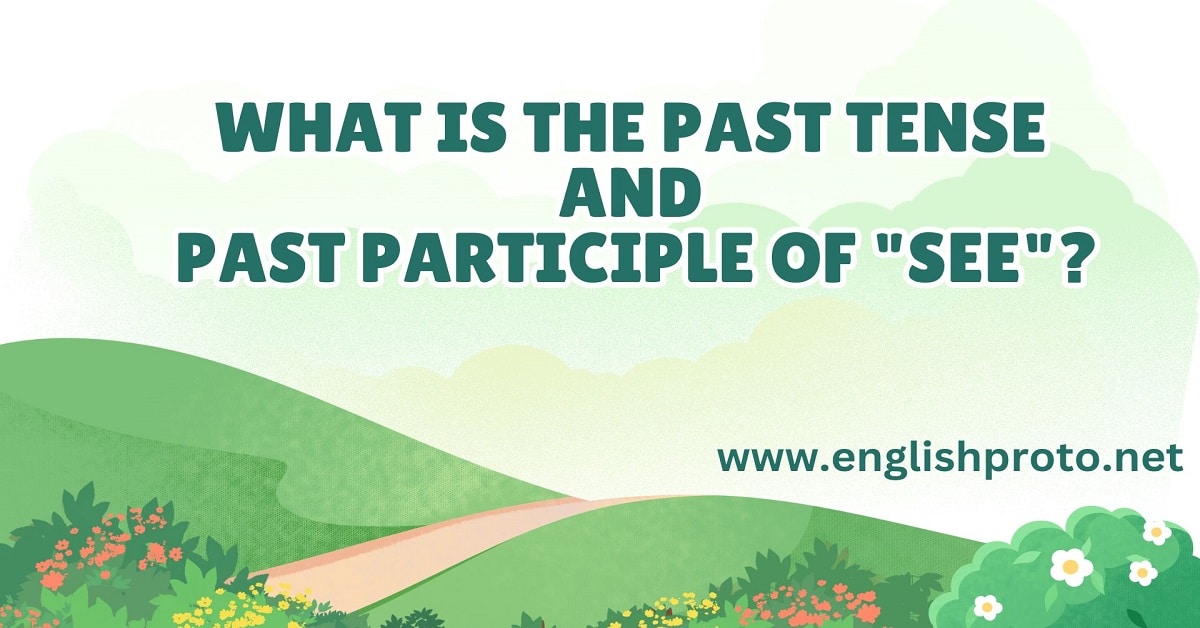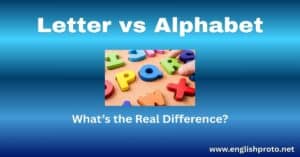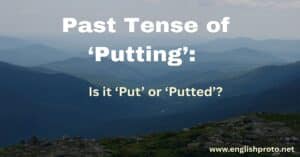What Is The Past Tense and Past Participle of “See”? If you’ve ever found yourself wondering whether to say “I saw” or “I seen,” you’re not alone. English can be tricky, especially with irregular verbs like “see,” which don’t follow the typical rules.
But don’t worry! Understanding the correct past tense and past participle forms will help you speak and write more confidently. In this article, we’ll clear up any confusion and show you how to use “saw” and “seen” like a pro. Stick with us, and you’ll be mastering these verb forms in no time!
Quick Summary
The verb “see” is irregular, meaning its past tense and past participle forms do not follow the standard rules of adding -ed. Here’s a quick breakdown:
| Verb Form | Example Sentence |
|---|---|
| Base Form | I see the sunrise. |
| Past Tense | I saw the sunrise. |
| Past Participle | I have seen the sunrise. |
Key Takeaways:
- The past tense of see is “saw.”
- The past participle of see is “seen.”
- Always pair “seen” with a helping verb like “have,” “has,” or “had.”
Reasons for Confusion
- Irregular Nature: Unlike regular verbs, “see” doesn’t add -ed to form its past tense or past participle.
- Misuse of Helping Verbs: Many mistakenly use “seen” without a helping verb, leading to incorrect sentences like “I seen the movie.”
- Regional Dialects and Slang: In some dialects or informal speech, people say “I seen” instead of “I saw.”
- Similarity to Other Irregular Verbs: Verbs like “be” (was/were, been) add complexity, making learners unsure about “see.”
Detailed Explanation
The Correct Past Tense: “Saw”
“Saw” is the simple past tense of “see.”
- It describes an action that occurred and finished in the past.
- Example: Yesterday, I saw a beautiful rainbow.
The Correct Past Participle: “Seen”
“Seen” is used as the past participle of “see.”
- It always works with helping verbs like “have,” “has,” or “had.”
- Example: I have seen that movie before.
Quick Tip: If there’s no helping verb, use “saw.” For instance:
- I saw her at the park.
- I seen her at the park.
Common Errors
| Error | Explanation | Correction |
|---|---|---|
| “I seen the car accident.” | “Seen” cannot stand alone; it requires a helping verb. | “I saw the car accident.” |
| “I have saw that movie.” | The helping verb “have” must pair with the past participle “seen,” not the past tense. | “I have seen that movie.” |
| “She seen the results.” | Missing helping verb with “seen.” | “She saw the results.” |
Quick Tip: If you’re using “have,” “has,” or “had,” the next word should always be “seen.”
Synonyms or Alternatives
Although “see” is widely used, alternatives can enrich your writing:
- Observe: Implies careful watching (She observed the experiment closely.).
- Notice: Suggests recognizing something (I noticed a new detail in the painting.).
- Witness: Indicates being present during an event (They witnessed the accident.).
Quick Tip: Choose synonyms based on context to make your sentences more descriptive.
Examples in Sentences
Here are examples to clarify proper usage:
| Tense/Form | Example Sentence |
|---|---|
| Base Form | I see birds flying in the sky. |
| Past Tense | Last week, I saw an eagle soaring. |
| Past Participle | I have seen many birds during my travels. |
- Incorrect: I seen the documentary last night.
- Correct: I saw the documentary last night.
- Incorrect: We have saw that trick before.
- Correct: We have seen that trick before.
Origins and History
The verb “see” traces back to Old English “sēon,” derived from Proto-Germanic roots. Over centuries, the word evolved but retained its irregular conjugation, setting it apart from regular verbs.
Understanding its historical usage offers insight into why forms like “saw” and “seen” deviate from modern conventions.
Conclusion
Grasping the correct use of “saw“ and “seen” enhances clarity and professionalism in communication. While irregular verbs can be tricky, consistent practice and understanding their unique rules make them manageable.
Key Takeaways:
- Use “saw” for simple past tense.
- Use “seen” only with helping verbs.
- Avoid regional slang or errors that replace “saw” with “seen.”
With the right usage, you’ll impress your readers and listeners with polished, accurate language. So, the next time you think about “see,” confidently use its past forms to make your message shine!



